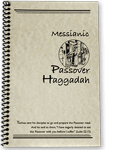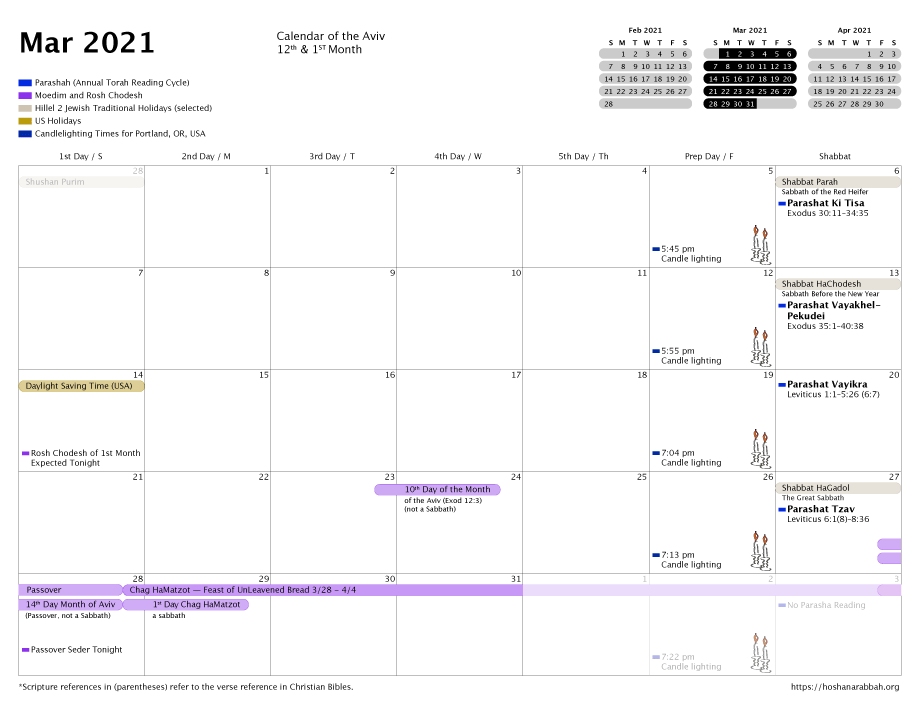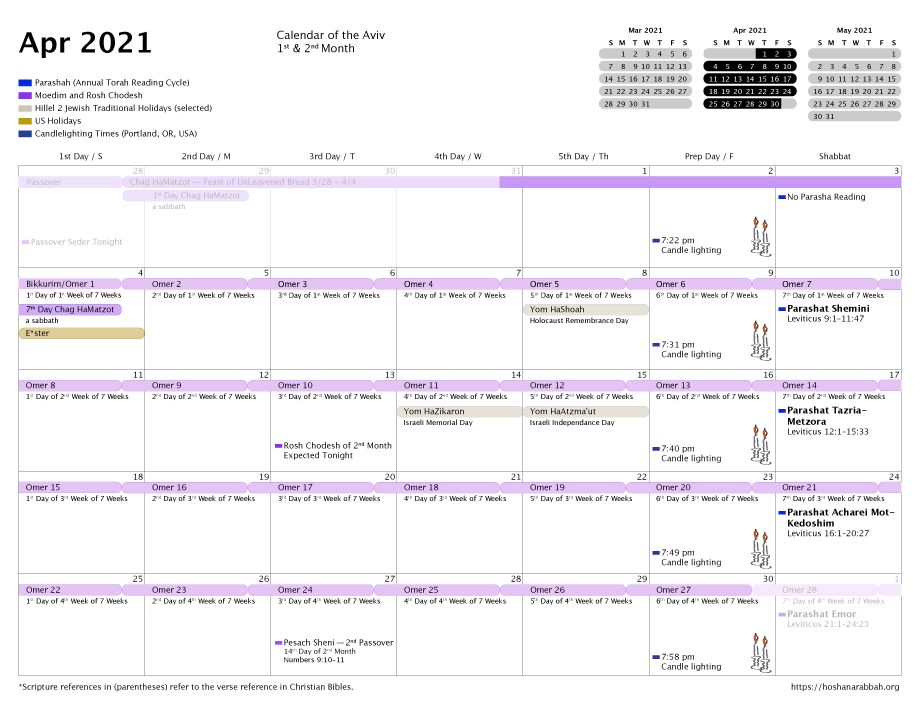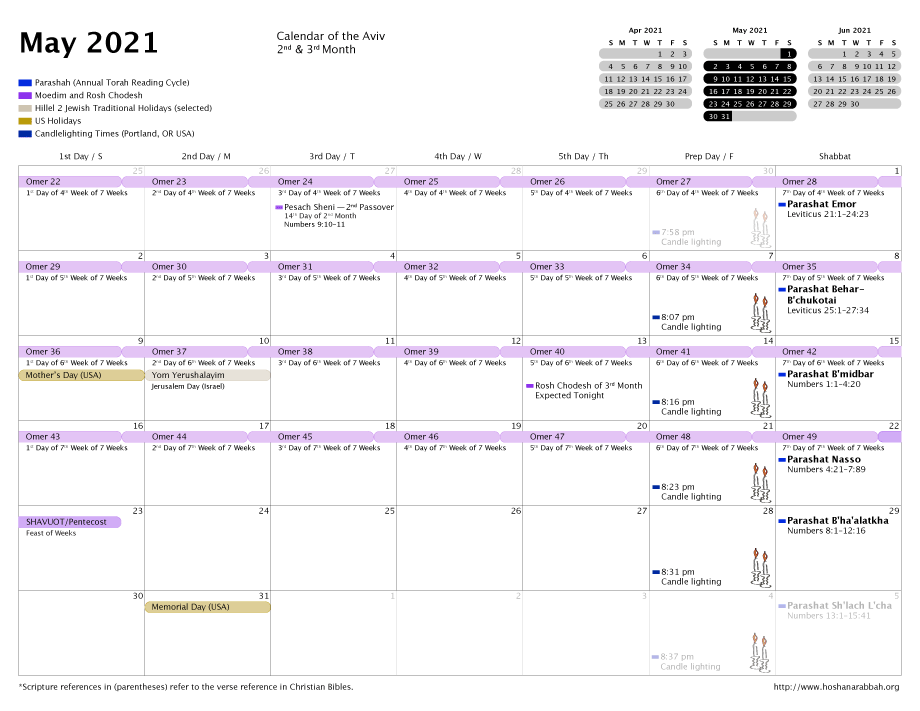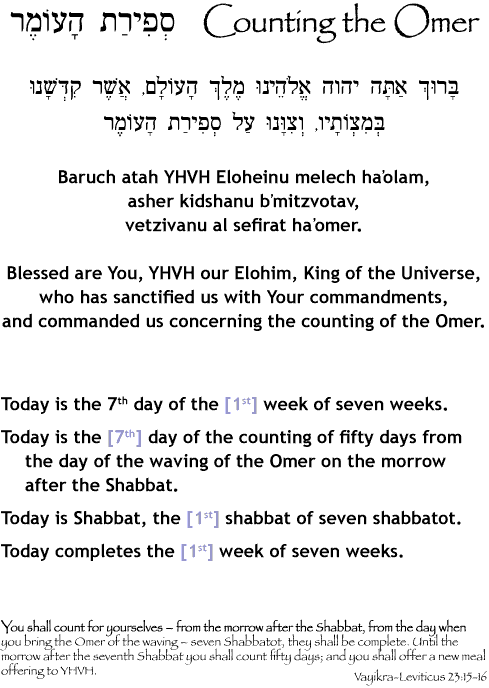| Lifestyle > Appointed Times (Moedim) > Pesach |
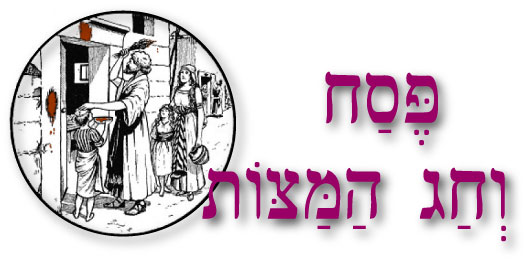
Pesach & Chag HaMatzot (Passover & The Feast of Unleavened Bread)
|
|
Passover Resources:
|
|
Quick link to our articles on the Feast Days (Moedim) Graphics showing the Passover Week Timeline:
|
|
Preparation for Passover:
|
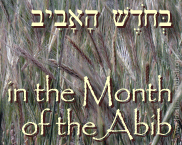 Aviv and Rosh Chodesh Aviv and Rosh ChodeshSee our calendars page for date details.) The barley in the state of "aviv" plus the sighting of the new moon in Israel are the indicators of the new year. This is important as it determines the dates for the first month and specific dates for the spring moedim (appointed times) of Pesach (Passover), Chag HaMatzot (Feast of Unleavened Bread), and Chag Shavuot (Feast of Weeks/Pentecost). When the barley is found to be aviv in sufficient quantities and the first visible sliver of the New Moon of the month of the aviv, marking the beginning of the year and setting the dates for the Spring Moedim (Appointed Times), we will report it on our blog. In 2008, Natan and Sandi Lawrence from Hoshana Rabbah Messianic Discipleship Resources joined the Karaites in Jerusalem, who are the recognized leaders of the Aviv Barley search in Israel, and other Messianic believers as we searched over the land of Israel checking the stages of development of the barley. We did not realize how much barley grows wild there!! Wild two-row (ancient) and cultivated six-row barley is everywhere! We learned to distinguish barley from wheat, oats, and tares that had formed heads. The tares are indistinguishable until they mature and produce their heads without fruit. We were presented with a good field study on the stages of barley and grain crop development from RuthAnne Koch, an agronomist and a Messianic believer from Colorado and Nehemia Gordon, a Karaite Jew. RuthAnne is a trained observer and certified agronomist, and she is a very good teacher. RuthAnne's husband, Bernie, who was also part of the search team, owns and operates a crop dusting business in the United States, so they are experts in their respective fields. In 2008, we searched field after field, eventually breaking up into 3 teams to cover more ground. There were eight Messianic believers on our team, which included RuthAnne and her husband. We mostly found barley that had just flowered, some had not yet formed heads, some just in the pollination stage, some in the watery stage, some in the milk stage, and two or three stalks in all in a soft dough-like stage, which is still too moist to be aviv. Aviv fields are a golden yellow color and what we saw was barley in the green or white stage (flowering or just flowered). The second day of the search in the Negev we found barley plants that were even less mature. This experience showed us how dilligently the search is done and that there are knowledgeable experts on the team. It was a good opportunity to see the land as well as learn about the stages of developments of the barley crop. We encourage others to go and join the search and experience this for yourselves! |
|
Calendars of the 1st, 2nd, and 3rd Months
|
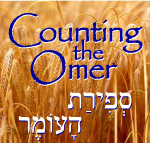 “Speak to the sons of Israel, and say to them, 'When you enter the land which I am going to give to you and reap its harvest, then you shall bring in the sheaf of the first fruits of your harvest to the priest. And he shall wave the sheaf before YHVH for you to be accepted; on the day after the sabbath the priest shall wave it. Now on the day when you wave the sheaf, you shall offer a male lamb one year old without defect for a burnt offering to YHVH. Its grain offering shall then be two-tenths of an ephah of fine flour mixed with oil, an offering by fire to YHVH for a soothing aroma, with its libation, a fourth of a hin of wine. Until this same day, until you have brought in the offering of your Elohim, you shall eat neither bread nor roasted grain nor new growth. It is to be a perpetual statute throughout your generations in all your dwelling places.” “Speak to the sons of Israel, and say to them, 'When you enter the land which I am going to give to you and reap its harvest, then you shall bring in the sheaf of the first fruits of your harvest to the priest. And he shall wave the sheaf before YHVH for you to be accepted; on the day after the sabbath the priest shall wave it. Now on the day when you wave the sheaf, you shall offer a male lamb one year old without defect for a burnt offering to YHVH. Its grain offering shall then be two-tenths of an ephah of fine flour mixed with oil, an offering by fire to YHVH for a soothing aroma, with its libation, a fourth of a hin of wine. Until this same day, until you have brought in the offering of your Elohim, you shall eat neither bread nor roasted grain nor new growth. It is to be a perpetual statute throughout your generations in all your dwelling places.”
“You shall also count for yourselves from the day after the sabbath, from the day when you brought in the sheaf of the wave offering; there shall be seven complete sabbaths. You shall count fifty days to the day after the seventh sabbath; then you shall present a new grain offering to YHVH.”
This is the overhead (printer version) we use for counting of the omer on each Shabbat during this season. The lighter shaded areas are meant to be changed verbally each week as the blessing and count are spoken. This may also be used to make an 8.5 x 11" sign printed on nice paper. Office Depot carries inexpensive plastic sign holders for standing this up on a table. |


